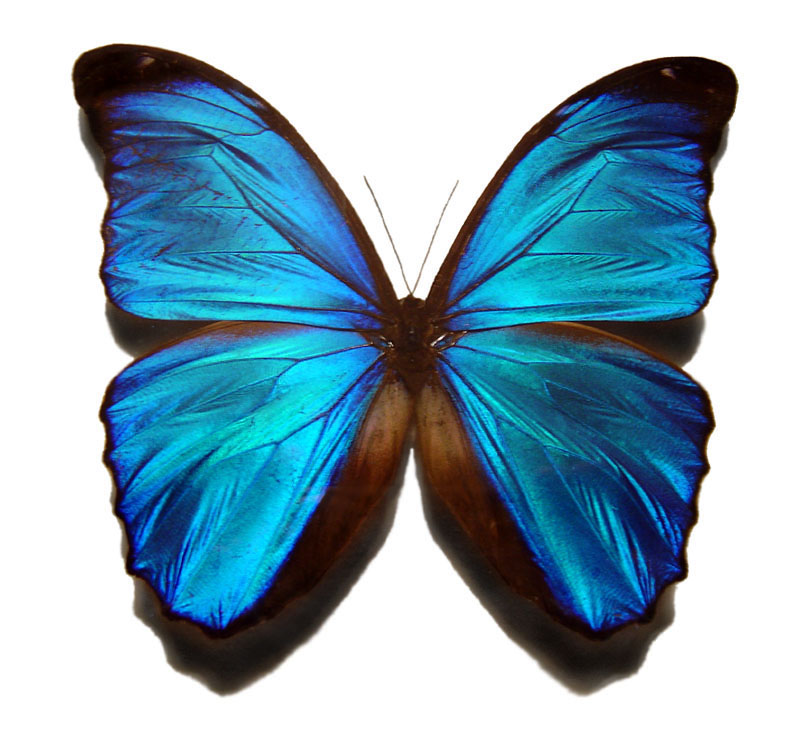I found another connection that is shared between multiple Southeast Asian languages: use of a word for 'spirit' or 'ghost' in the word for 'butterfly'.
In Thai the word for 'butterfly' is ผีเสื้อ /phǐi sɨ̂a/. The first syllable is the common Thai word for 'ghost'. The second word is the word for 'shirt', but I suspect that may be a coincidence, and the เสื้อ in ผีเสื้อ doesn't actually have to do with shirts. But I don't know for sure one way or the other.
In Mon, the word is /kəlok həlɛ̀a/, where /kəlok/ means 'Spirit, daemon', and /həlɛ̀a/ means 'Indian' (i.e. a native of India), from the Burmese ကုလား /kəlá/ (comparable in meaning to Thai แขก, although probably cognate with Thai กุลา). [Data from Harry Shorto's 1962 A Dictionary of Modern Spoken Mon.]
In Burmese, the word for 'butterfly' is လိပ်ပြာ /leiʔ pyà/. This is also the word for spirit (corresponding in meaning to Thai วิญญาณ 'spirit', not ผี 'ghost', but the ideas are connected). [Data from SEAlang. You can download Burmese fonts at that link.]
So again we see a case where although the words are completely different, a very similar semantic concept appears in these neighboring cultures. I checked in Khmer and a few other dictionaries, and I didn't notice this in any other Southeast Asian languages.
It's an interesting question to ponder: why the connection between butterflies and supernatural spirits? Any thoughts?
